What is a PoE Injector: Benefits, Types, and Uses Explained
Table of content
Introduction:
Make your internet setup simple with fewer cables and more efficiency. A PoE Injector sends both data and Power through a single cable, making it easier and cleaner to manage your Network without needing a bunch of wires and ports. It works with PoE switches and PoE media converters to connect devices like security cameras and Wi-Fi access points, keeping everything simple and organized. In this blog, we’ll explain the benefits, features, and uses of this technology and why it’s popular for easy and efficient network setups.
What is a PoE Injector?
Power Over Ethernet (PoE) is a single cable with the 802.3af standard that is also known as PoE. Users can power devices like IP cameras and VoIP phones through an Ethernet cable. When using an Ethernet cable and PoE Injector, an RJ45 connector is applied to connect the Injector directly to a port. It is compatible with 802.3at and 802.3bt standards and suitable for power transfer to Ethernet cables. Users can operate devices away from an outlet, making PoE attractive to install, which is fast and easy to install.
How Does PoE Injector Work?
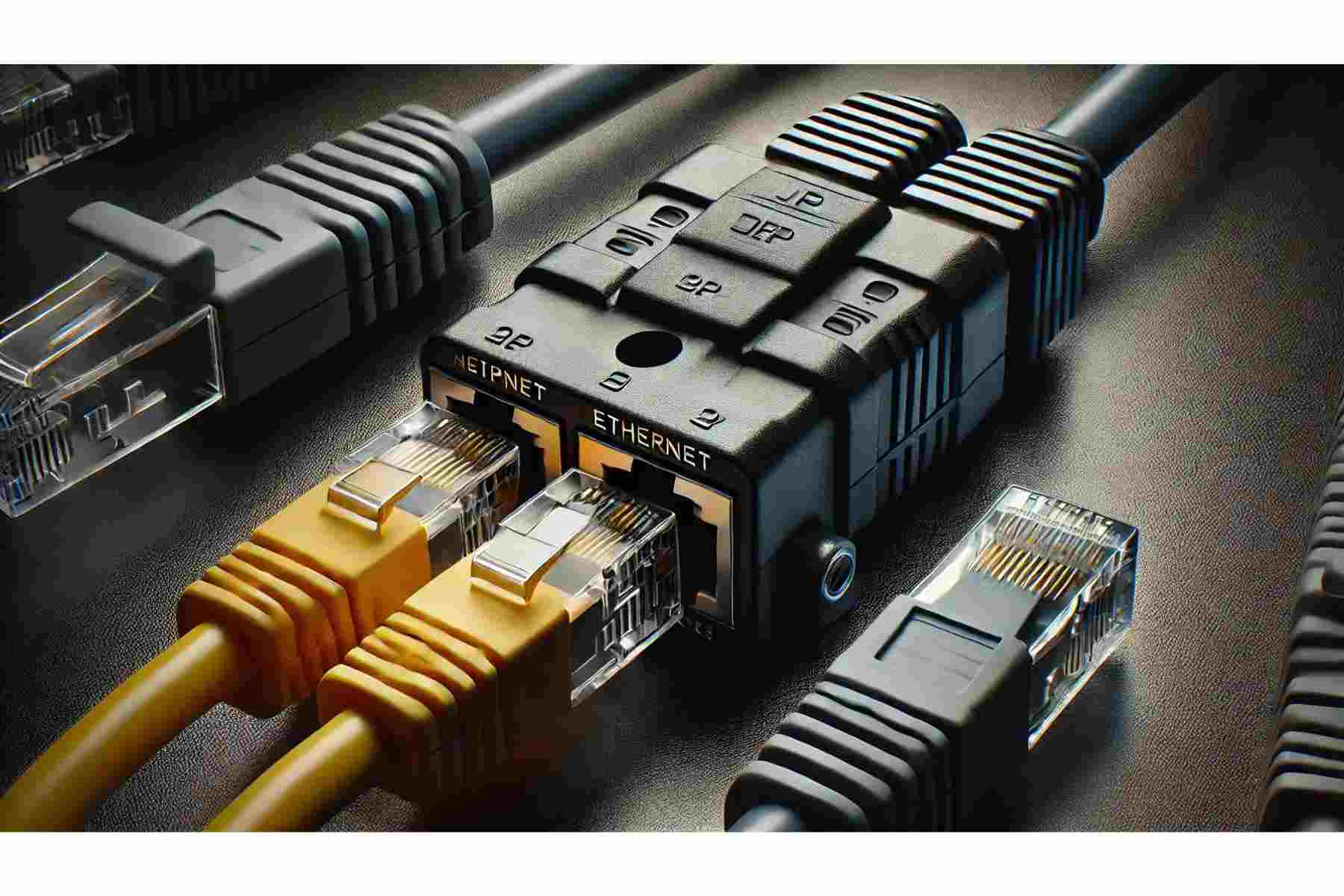
This Injector works by combining power and internet data into one cable.
Here’s how it operates:
Power Input: The PoE Injector receives the AC (Alternate current) power from the device like a wall outlet or any power outlet
Data Input: It is connected to the Injector’s data port, through which AC is converted into DC (Direct Current), which transfers the data to routers, switches, or ports. The transfer power is usually 48V and 57V.
Data Output: The cable consists of a single Twisted Pair cable connected to the Ethernet Cable in the PoE port. It sends a combined Network of Power and data.
Delivery: The PoE injector sends the PoE-enabled data through the connected Ethernet cable, which receives the PoE power and then sends the data to the Network.
Types of PoE Injector:

There are a few types of PoE Injectors, although they are Injectors but they differ in their way of working:
Active PoE Injector:
An active Power over Ethernet (PoE) injector delivers Power to a device using industry-standard protocols, following IEEE 802.3af, 802.3at, or 802.3bt PoE standards. The Injector will send the exact amount of Power that the device needs. If the Injector and the device are not compatible, the device will not power up. This way, the device gets the necessary Power to function without receiving any more power than needed.
Passive PoE Injector:
Passive PoE Injectors are the complete opposite of the Active ones. They do not use 802.3af, 802.3at, or 802.3bt standard. Negotiation doesn’t involve the Powered Devices and Injector. It needs a fixed voltage of 48V. If the correct voltage doesn’t pass, it can cause permanent electrical damage to the device. This one is quite expensive compared to the Active PoE Injectors.
PoE+ Injector:
It is one step further than the PoE+ Injector. It adheres to its standard up to 802.3at with 30 watts per port. It’s mostly used for devices that need more Power, such as advanced cameras and wireless access points. PoE+ Injectors slightly differ in price from normal Injectors.
PoE++ Injectors:
PoE++ injectors are the latest form of PoE. Their transferring standard is up to 802.3bt, which is the highest amongst the previous levels of PoE, with 100 watts per port. Most devices that use this form of Injector are PTZ Cameras (Pan-Tilt-Zoom Cameras) and other Access Points.
PoE+++ Injectors:
PoE+++ injectors are the type 4 of Injectors. They are the Ultra Pro Injectors. Their delivery standard is up to 802.3bt. Their highest voltage is up to 100 watts over the Ethernet Cable. They are the advanced level of PoE.
Gigabit PoE Injectors:
It is a device that transfers data and Power through a single Ethernet cable through the Gigabit transfer rates.
What are the Use Cases of PoE Injectors:
Below are some use cases of the Power over Ethernet injectors:
- These injectors are widely used in WAPs (Wireless Access Points). They can be seen in offices, Households, organizations, and residential buildings because of the high speed of the Internet without the worries of cables.
- These injectors provide Power to network switches and routers without causing headaches for power outlets. Just one cable and you are good to go. The Network can be expanded without changing locations.
- VoIP Phones (Voice Over Internet Protocol) are mostly seen to be used in offices; they reduce the need for wire clutter and make communication efficient for users.
- LED lighting is another device in which Power over Ethernet Injectors are mostly used in buildings, making the system smart and reducing energy by making it efficient for the users.
Why Do You Need a PoE Injector?
These injectors are the easy solution for computing Networks, but here’s why you might need these Injector:
- The reason due to which the PoE Injectors are more in demand is because of that PoE Injectors came with the built in safety. It protects the system from the over voltage, over protection and short circuit.
- It’s really cost effective for the users which means that it might not be heavy on your pocket. It reduces the cost of Network installations.
- These injectors have the wide standards and wide range of compatibility with the devices. Different Network setups choose for the PoE Injector for its hassle-free services to the user.
Features & Benefits of PoE Injector:
Below are some features and Benefits of PoE Injector:
Features:
- The main key feature of this device is that it offers single-wire cabling for devices, decreasing the use of clusters of cables and making it a single-wire cable.
- It comes with different power standards and can transfer the data at the given transfer rate.
- High-speed data transfer is one of the key features of this PoE Injector (10/100/1000) Mbps, which ensures fast data transfer.
- They have a simple setup process without any complex setup issues. Transmission issues can be monitored, which makes it easy to diagnose the connectivity issue.
Benefits:
- It is the scalable solution for the Network. Devices can be added without intensive wiring and time-consuming setup, and it can make the setup more organized and cleaner with just one cable.
- One more benefit of Power over Ethernet Injectors is that they are flexible with rack mounting options and better installation ideas according to the environment.
- They have different standards of PoE, PoE+, and PoE++ according to the needs of the devices connected to the Networks.
- It’s pretty reliable because it provides Power according to the standards of the network devices.
Conclusion:
PoE Injectors will continue to play an important role in connecting devices with networks in the future. Furthermore, in this guide, we covered its key aspects, features, and benefits. We discussed the product, its types, workings, and benefits. We highlighted the smart work of the PoE Injector (according to their standards) by using single cable wiring, which consists of the twisted pair cable. Lastly, this technology simplifies a lot of work just by the simple installation, cost-effectiveness, safety features for secure working with the Networks, and, most importantly, that these injectors can be easily organized.
For further queries related to power over Ethernet injectors or other network accessories, PoE vs PoE+, Ethernet Cable, UTP Cable, etc. Kindly visit our website, BuyRouterSwitch for more helpful insights.
Frequently Asked Question:
What is the difference between PoE and PoE+ Injector?
While PoE switch ports are rated at 15.4 Watts, PoE+ ports are rated at 25.5 W. They are compatible with a wider range of devices like security cameras, video IP Phones and alarm systems.
Will the PoE Injector damage the non-PoE device?
Power over Ethernet injectors and switches will not damage any device, even if the equipment is not designed for PoE Applications.
Do You Need a PoE Injector for an Access Point?
If your network switch does not have Power over Ethernet capability, you will need a PoE injector for network power access points.




 Catalog
Catalog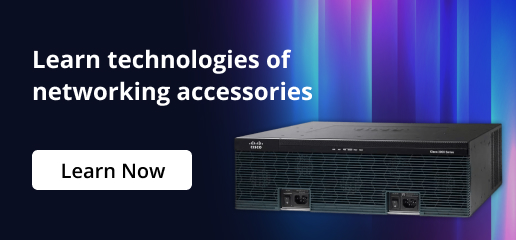

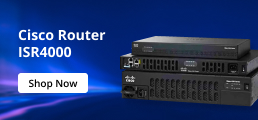
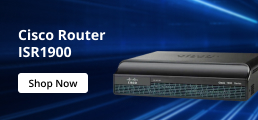
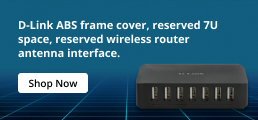

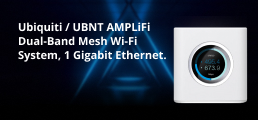

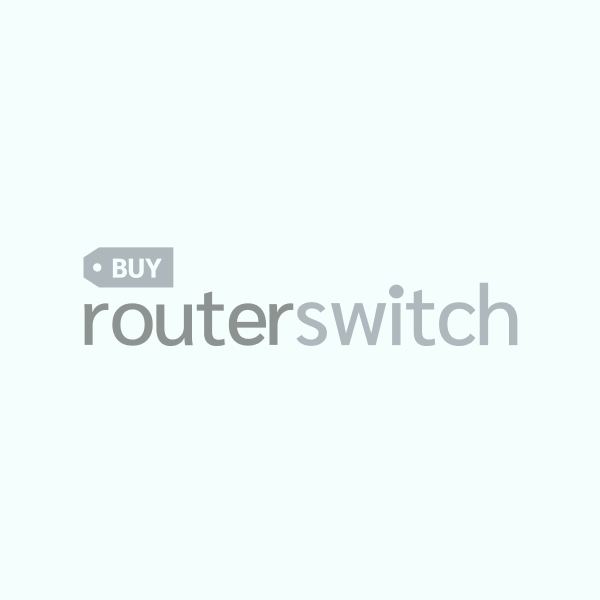
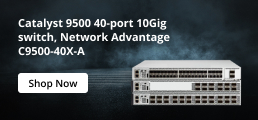

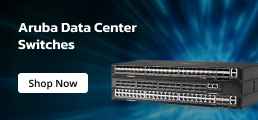
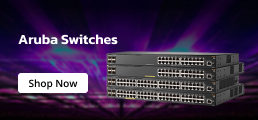



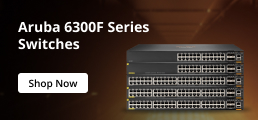


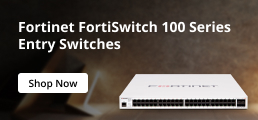



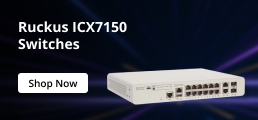

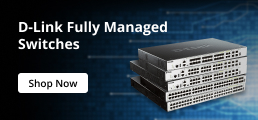
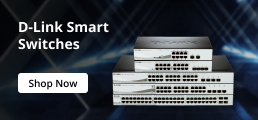


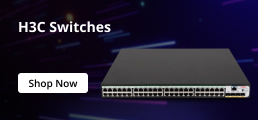



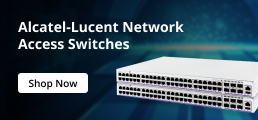
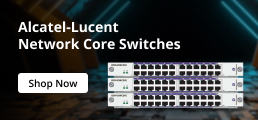
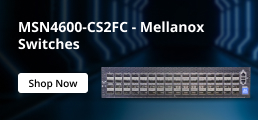








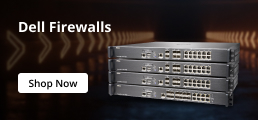
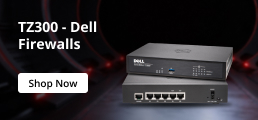



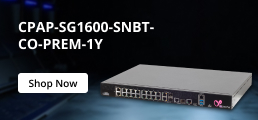
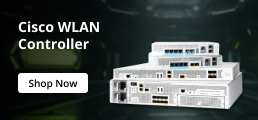
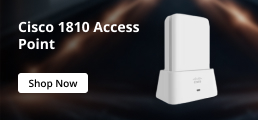

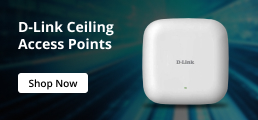






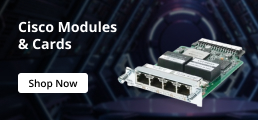
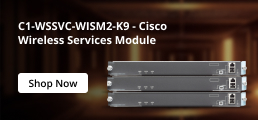


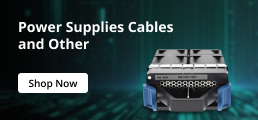
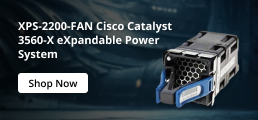
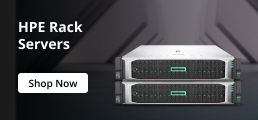
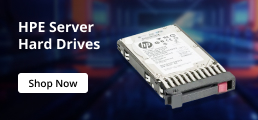





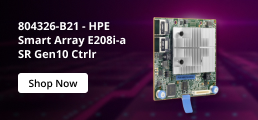




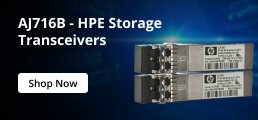




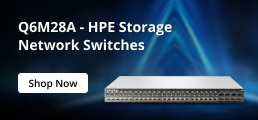

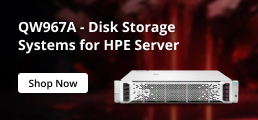



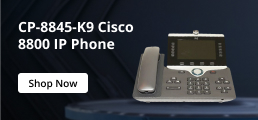
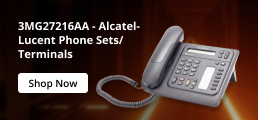



















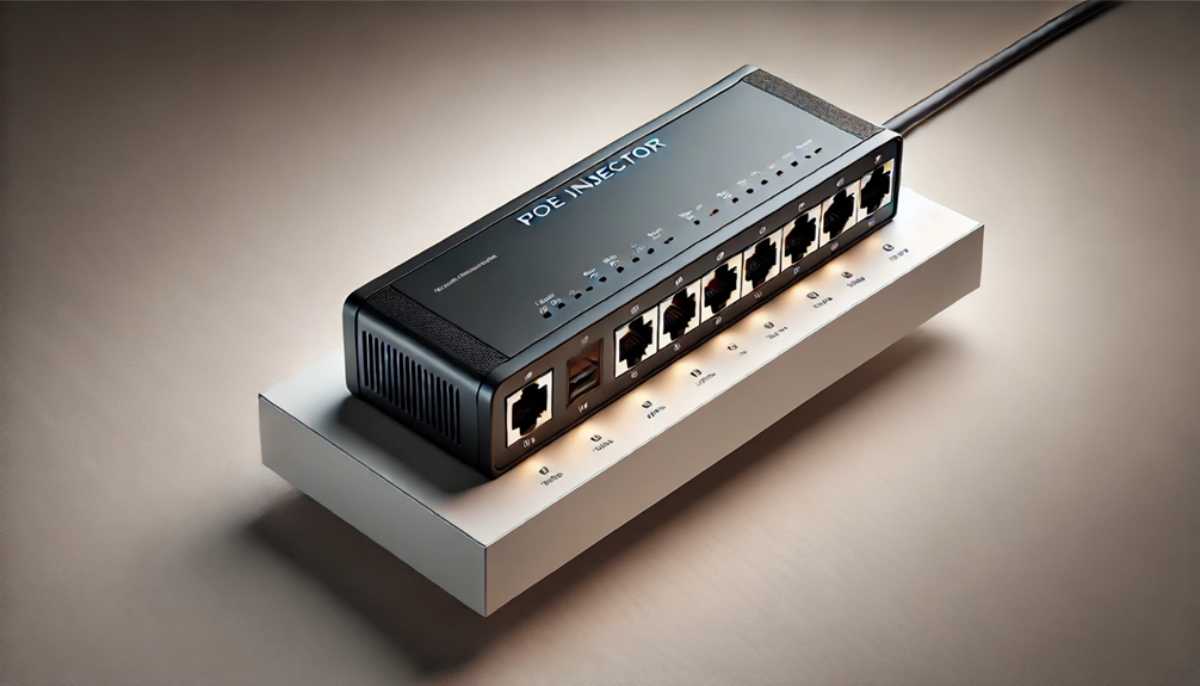
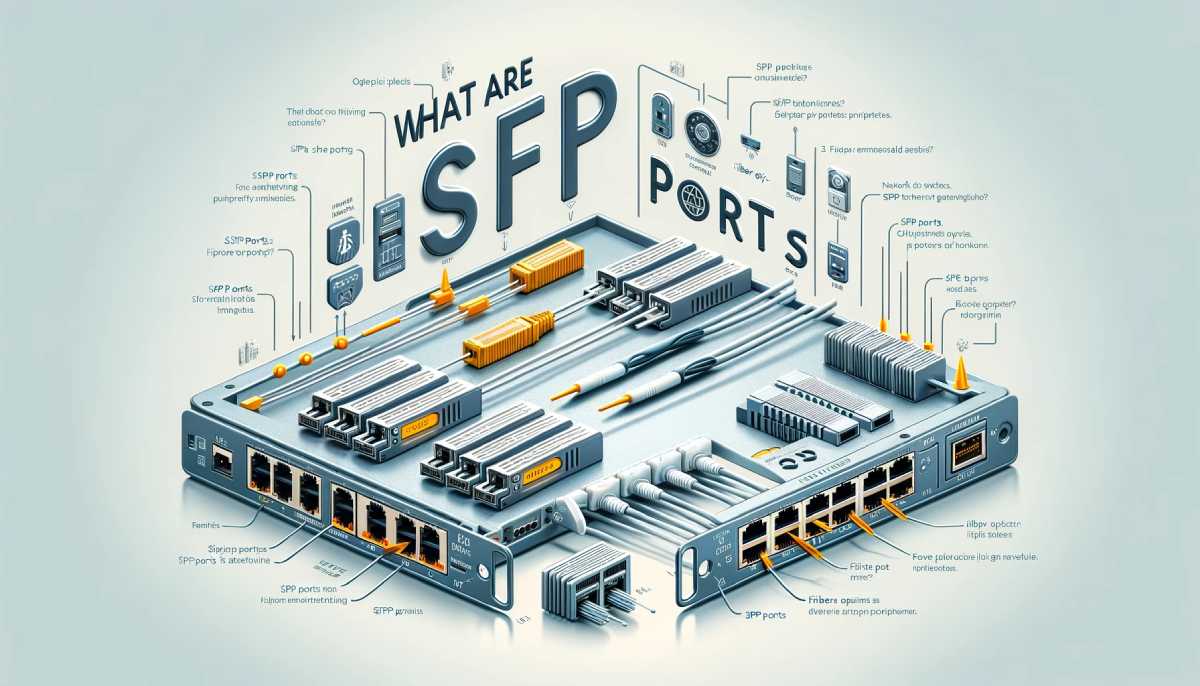
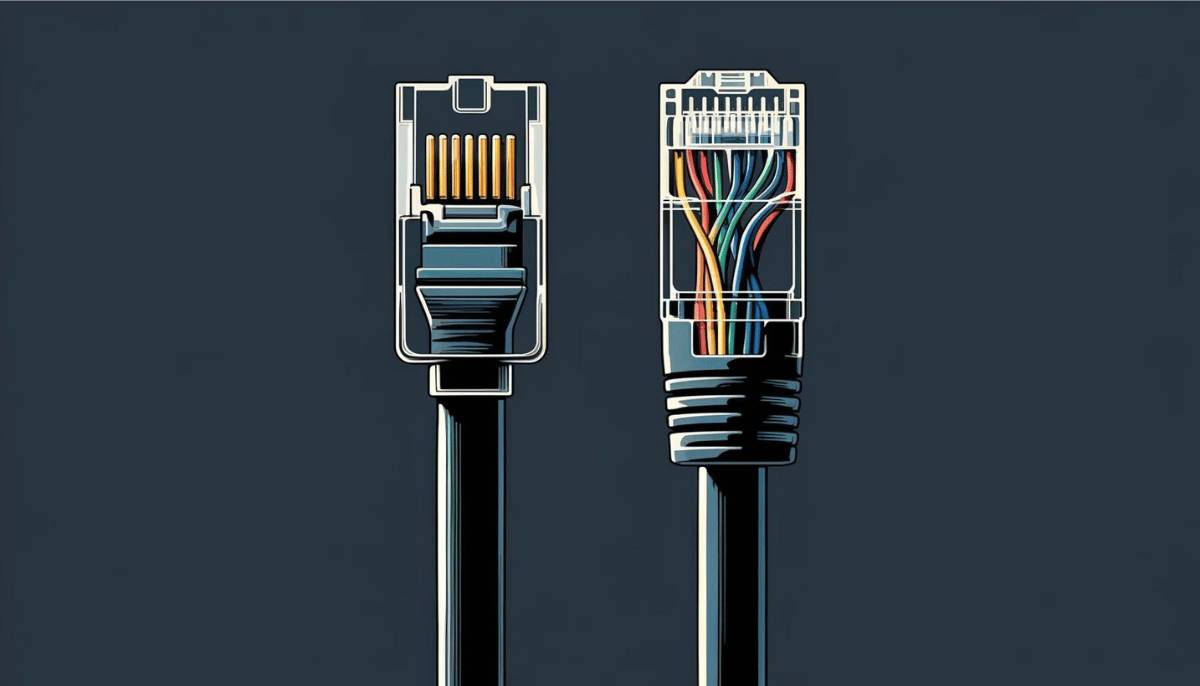
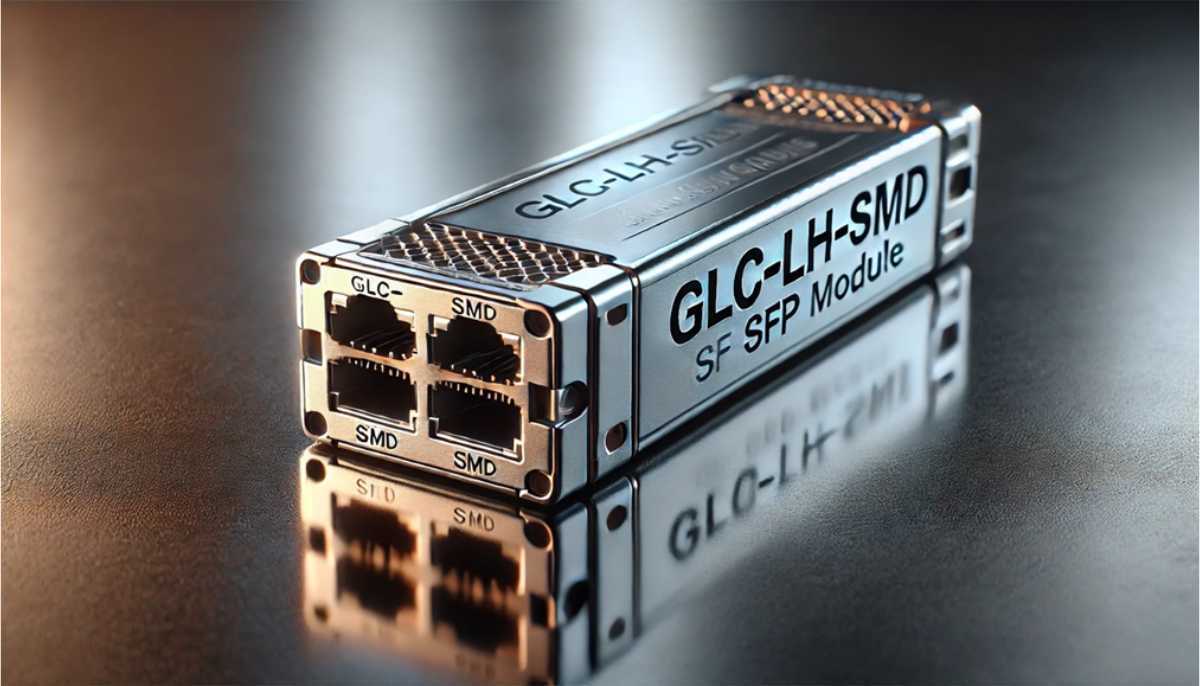




 (800) 870-9487
(800) 870-9487